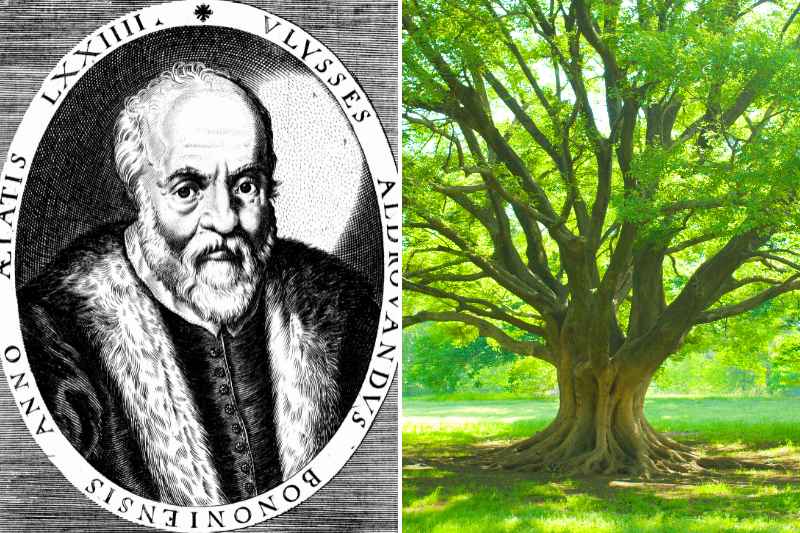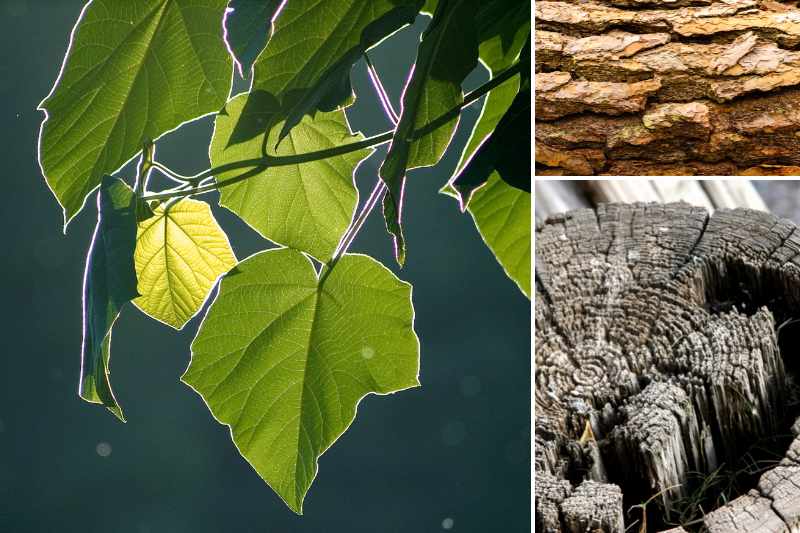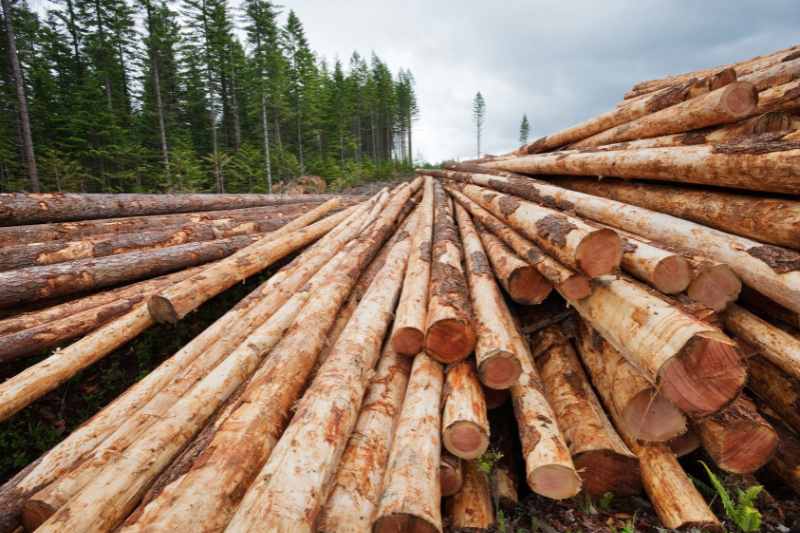Trees or woody plants (which produce wood) are fascinating in many ways. So fascinating that they are even the subject of a science in its own right: dendrology. But what exactly is dendrology? What does a dendrologist study and why? Let's clarify in this short article.
Dendrology in a nutshell
Dendrology, from the Greek "dendron" meaning tree and "logos" meaning study, is the science that studies woody plants (trees, bushes, shrubs, and lianas). The term was coined in 1688 by an Italian naturalist Ulisse Aldrovandi. A person who studies this science is a dendrologist. They may work in forestry operations or wood processing, within government agencies or nature conservation organisations.
In France, there is the French Society of Dendrology and in Belgium, you can find the Belgian Society of Dendrology.

Dendrology is a multifaceted science
In dendrology, various species of trees are studied: botanical classification and species recognition by morphology, such as the shape of leaves for example (the classical classification known as Cronquist) or by common evolution among species (phylogenetic classification). The boundary between plant taxonomy and dendrology is relatively blurred, but dendrology also deals with many other areas beyond botanical classification.
However, dendrology has several other branches (which is fitting when studying... trees): dendrochronology, which can determine the age of a tree or date a piece of wood using growth rings (or tree rings), and dendrometry, which allows for measuring the diameter, height, and volume of a tree, as well as its age or the thickness of its bark. There is also dendrogeomorphology, which studies geological and climatic processes through the observation of tree growth rings.
Nota bene: in archaeology, dendrochronology is often used to date an element, as well as xylology, a science that studies wood as a material and its physical and chemical properties. The two disciplines are complementary and help determine what type of wood was used, thus providing insights into the flora surrounding our ancestors. The science that studies fossilised wood is called paleoxylology.

What is the purpose of dendrology?
Dendrology, and especially dendrometry, serves various fields:
- Forestry (wood exploitation): calculating the size, age, shape... of cultivated trees (such as poplar plantations) and in forests, general tree management;
- Forest management and protection: combating diseases and wood-eating pests, protection against fires...;
- Wood industry: calculating volume (dendrometry) and studying the physical properties of wood;
- Ecology: studying the distribution and range of botanical species as well as the evolution of wooded environments, and also studying forest ecosystems and their evolution in the face of climate change;
- Archaeology: dating and determining the wood present at an excavation site, allowing for dating and gaining insights into the flora and lifestyle of people who once lived in that area;
- Customs: through the identification of a wood species in the context of combating deforestation and the importation of protected or prohibited species;
- Judicial: a (almost) personal anecdote, one of my botany professors was called in a homicide investigation (in the 1980s) to determine the exact species of a log that had been used to commit a murder. When we say that dendrology leads to everything... Nowadays, forensic police have botanical experts in their ranks.
































Comments